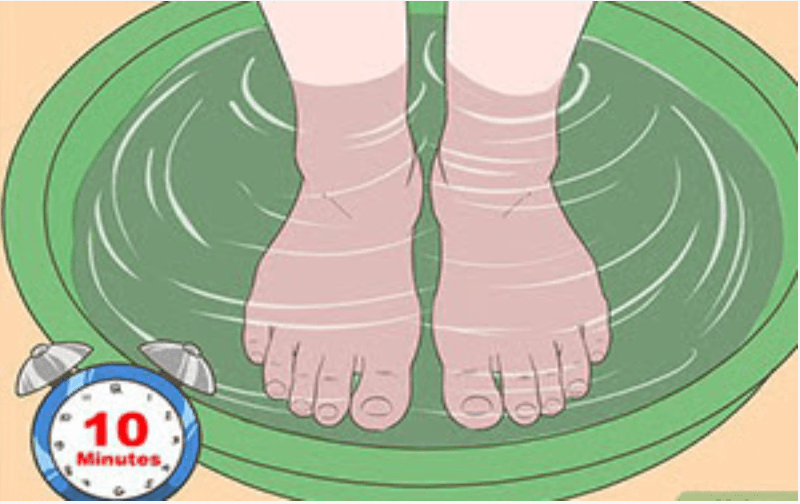The Benefits of Hot & Cold Therapy
When it comes to improving health and wellness, traditional practices like saunas and cold plunges play a significant role. However, not everyone has access to these facilities, so a simple alternative is utilizing your bathtub. Engage in a hot or cold bath to reap similar benefits.
In regions where sauna practices are common, such as Finland, extensive research underscores their health benefits. Regular hot sauna usage—specifically, 30 minutes per session, four times a week—was associated with a 47% reduction in the risk of heart attacks and mortality.
Sauna exposure facilitates the production of heat shock proteins, which are crucial in repairing damaged proteins in our bodies. These proteins aid in activating the innate immune system, thereby boosting overall immunity.
Cold therapy, which can be as simple as a cold bath, offers its own impressive suite of health benefits. One of the pivotal actions of cold therapy is the activation of dopamine and enhancement of mitochondrial functions due to brown fat processing.
Together, these mechanisms not only aid in physical resilience but also enhance mental well-being. The physiological responses elicited by cold exposure are scientifically validated, solidifying its status as a robust tool in health optimization.
For newcomers, starting slowly is key. You don't need expensive equipment to enjoy the benefits of heat and cold therapies. Begin with a warm or cold bath, maintaining regularity throughout your week to gradually observe the positive effects.
From Around The Web
Wellness Inbox is a blog & weekly newsletter that curates trending news and products related to health and wellness from around the web. We also gather content from various sources, including leading health professionals, and deliver it directly to you.
Please note that we may receive compensation if you purchase any products featured in our newsletter. Wellness Inbox is not affiliated with, nor does it endorse, any health professionals whose content may appear in our newsletter. The information provided is for general informational purposes only and should not be considered medical advice.
The information provided is not intended to replace professional medical advice, diagnosis, or treatment. All content, including text, graphics, images, and information available is for general informational purposes only. We do not guarantee the accuracy or completeness of any information presented and assume no liability for any errors or omissions. The content is subject to change without notice. We encourage you to verify any information with other reliable sources and consult your physician regarding any medical conditions or treatments.







